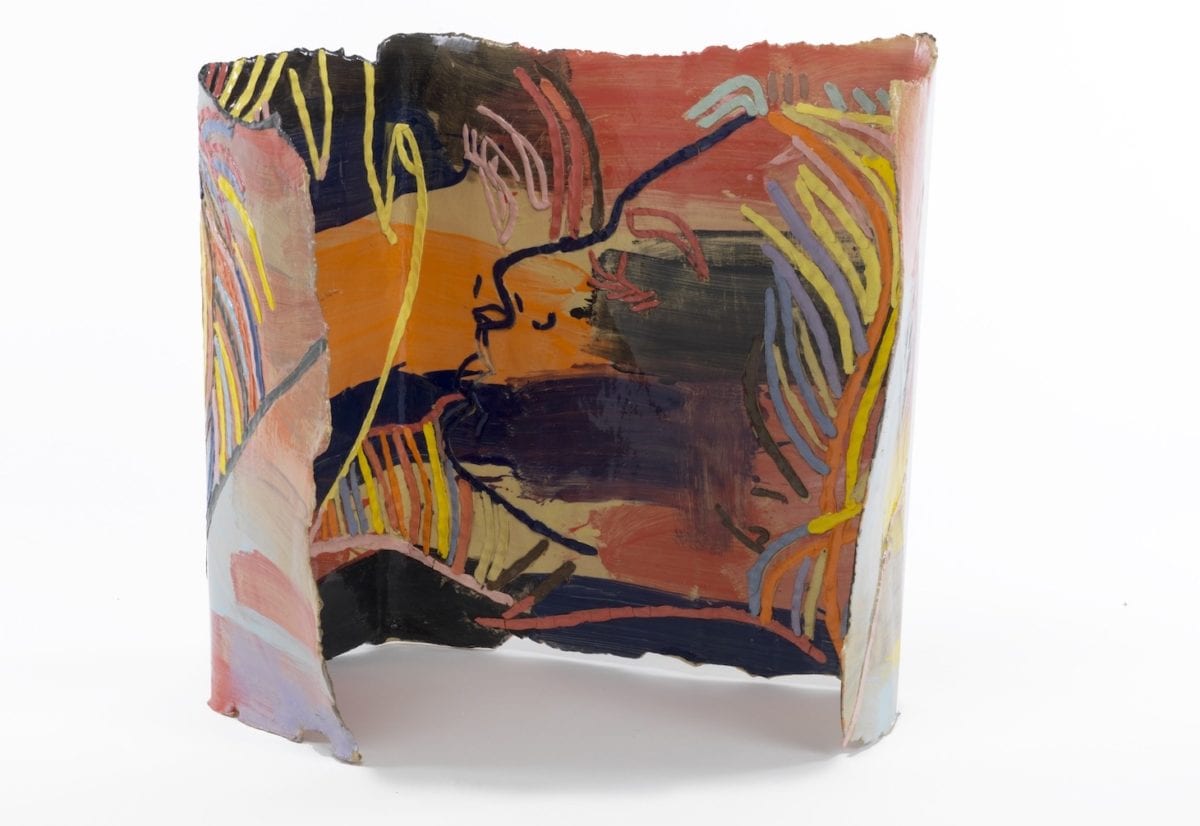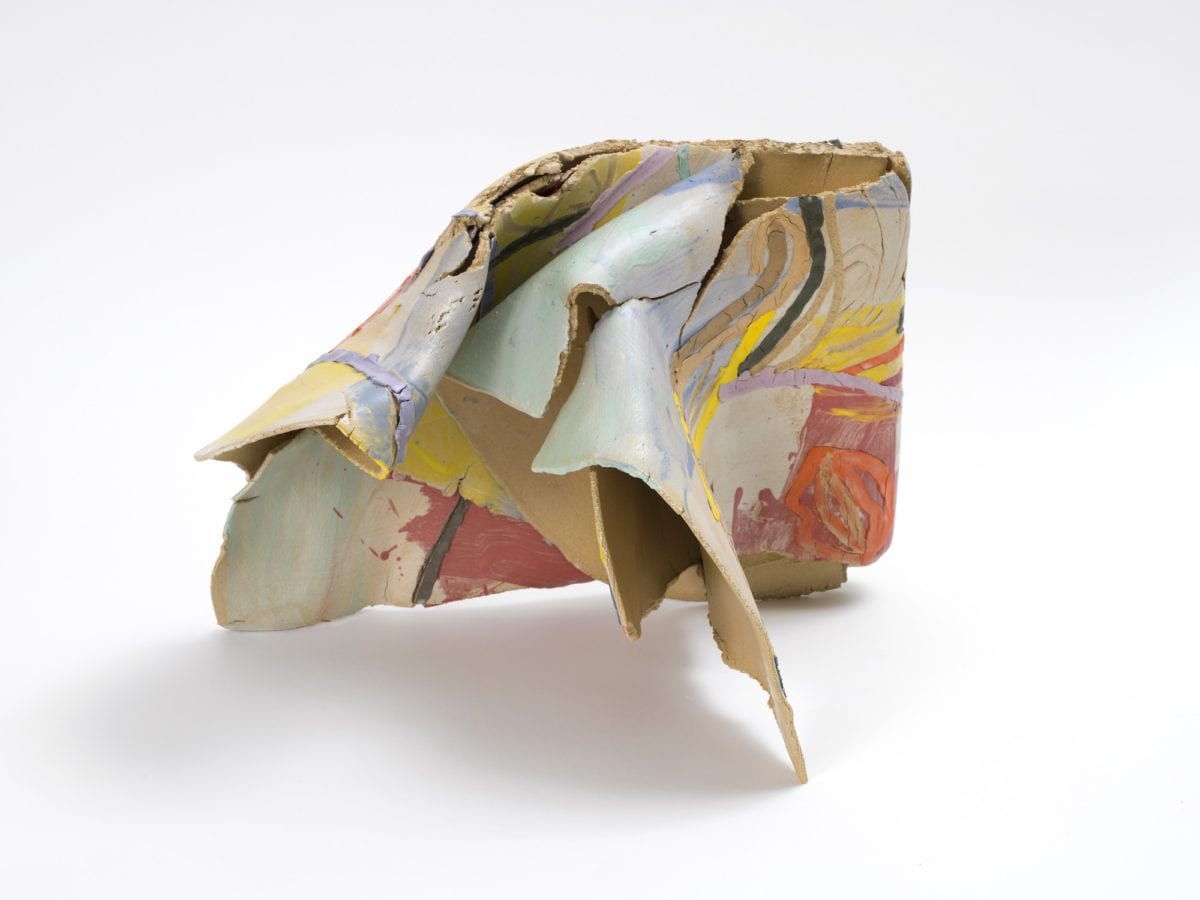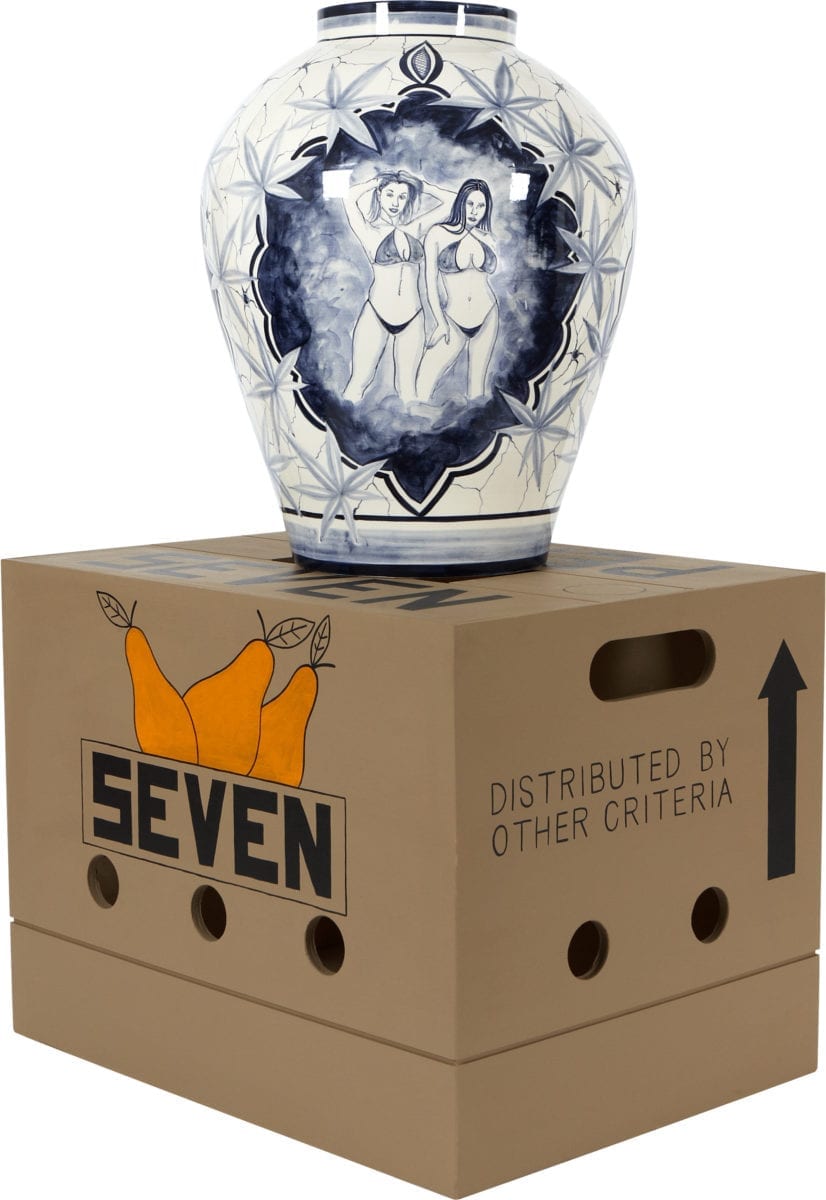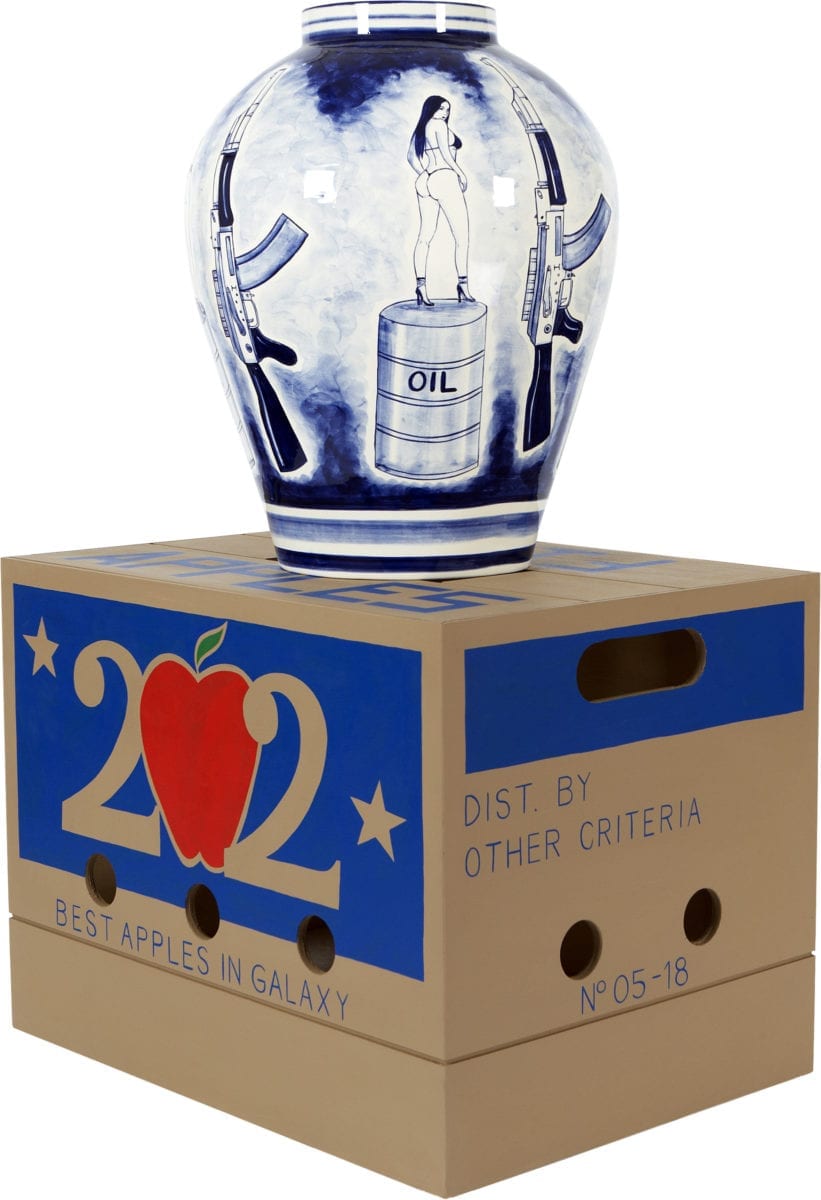
When you think of ceramics, you might be more likely to think of cups and saucers than smutty artwork that ought to come with its own X rating. But artists and amateurs alike have been freely expressing their sexual side in clay for thousands of years. From phallic talismans discovered at Pompeii to the sex pottery of pre-Columbian Peru, the impulse to get your freak on at the wheel is as old as time itself. Forget timid paisley patterns or tasteful mid-century stoneware; who said that ceramics had to be prim and proper, anyway? Now, a whole host of contemporary artists are offering up their own take on ceramics, subverting the medium with their depictions of firmly erect penises, rampant copulation and some particularly disturbing images of a teddy bear’s foursome.
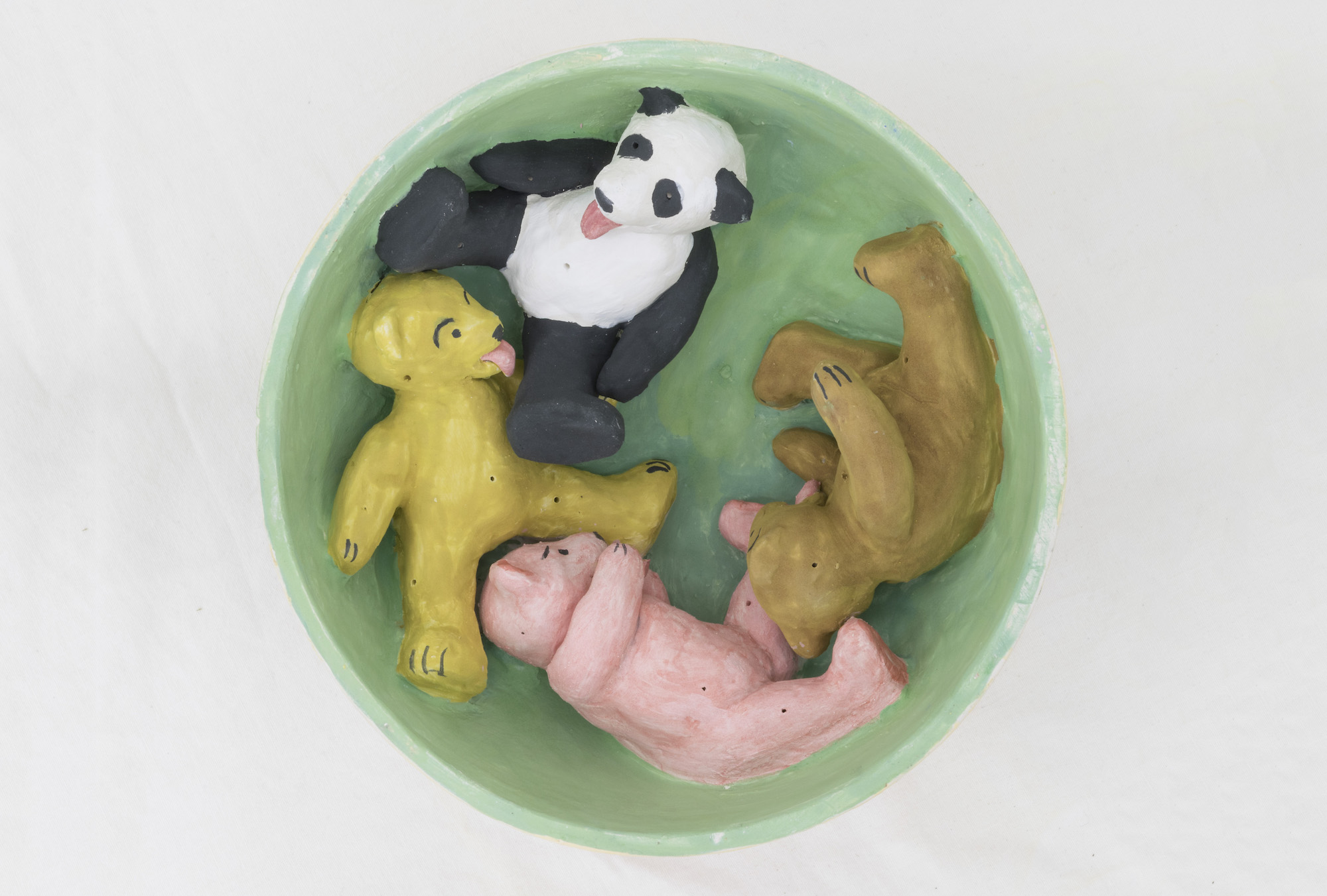
That foursome (a teddy bear’s picnic gone awry?) is the brainchild of Japanese artist Urara Tsuchiya, who started making her unique ceramics back in 2015 following a course at the Glasgow School of Art. Her bowls were first inspired by an old Japanese ceramic box owned by her grandmother, which could be flipped over to reveal a pornographic figure. She decided to make her own version, featuring bears copping off with naked male and female figures.
Teddy bears, quintessentially English with their chintzy associations, are ripe for subversion. Urara regularly visits antique fairs in search of the bears, where nostalgia and a certain conservatism can often be found. “Maybe I wanted to use the teddy bears to subvert that in my work. I like to make them pastel-toned and sweet, so that you have to look twice to see what’s going on,” she explains.
Ceramics inevitably conjure an element of tweeness, making them—like Tsuchiya’s teddy bears—particularly satisfying to subvert. While Californan artists such as Ken Price and Ron Nagle have long challenged this image, exploring the tactile and visual pleasure to be found in lumpy forms and subtle imperfections, there remains something altogether unexpected about a pornographic image carved into clay. Despite their history in Pompeii and beyond, they still hold a unique power to shock. There’s also a hint of perversion to taking a functional object such as a bowl and making it entirely unusable.
- Left: Ghada Amer, Box in Color, 2015. Right: Broken Dreams, 2014. Both photos by Brian Buckley for Cheim & Read, New York
For Egyptian-born artist Ghada Amer, clay is used as a means to create fantasy visions of the nude female body, as curvy and lushly proportioned as pin-up models. Her images are often taken directly from pornography. Long-haired ladies tangle their limbs together in sexual liaisons that range from playful kissing to cunnilingus, mouths wide open and eyes tightly closed in ecstasy. Sound problematic? Well, Amer thinks so too. The submission of women to the male gaze is a subject that she is keen to unpick. All too often, lesbian relationships are appropriated as fodder for the straight male wet dream—something that Amer seeks to reclaim specifically through the use of ceramics.
“From phallic talismans discovered at Pompeii to the sex pottery of pre-Columbian Peru, the impulse to get your freak on at the wheel is as old as time itself”
Amer’s pieces are three-dimensional, allowing for the conceal-and-reveal dynamics of these nudes to fully play out. A buttock peeks out coyly from behind a cylindrical curve, while other intimate details are enclosed within the round. Like her textile works in thread (another traditionally “feminine” pursuit), the clay is shaped to hide certain elements. It cocoons or jealously guards (depending on how you look at it), moulded into an abstracted, boxy form. These walled constructions can be taken as a loose approximation of the confines of the home and the bedroom—as well as, of course, the female position within the two. The edges are torn and rough, like briefly snatched scenes from somewhere you shouldn’t have looked, or the guilt of a page torn from a dirty mag. Sometimes, Amer gets more violent: the clay is scrunched up and crumpled, rendering her subjects no longer visible at all.
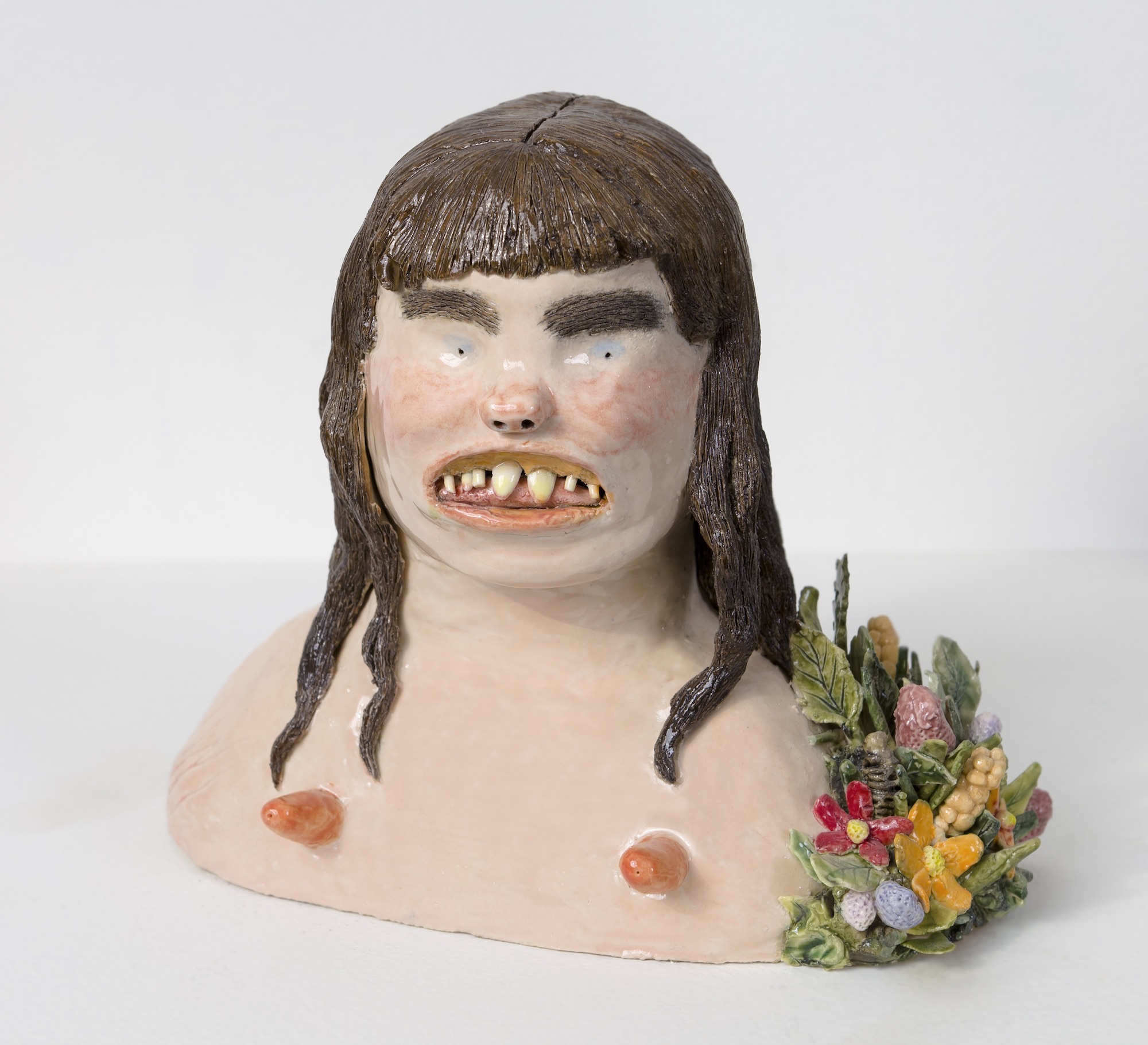
The women represented by American artist Rebecca Morgan couldn’t be more different from Amer’s. Hairy, blemished and fleshy, her ceramic busts and figurines may well be as far from the canonical ideal of beauty as it possible to get. Inspired by her own childhood growing up in the rural western landscape of Pennsylvania (to which she has since returned to live and work), she explores the stereotype of the redneck and country bumpkin. “For me, the characters represent a real kind of blissful ignorance—they’re totally happy living in the country and doing their own thing. They’re totally fine with looking so hideous and awful, it’s of no consequence to them,” she reflects.
Ceramics are still seen by some as a “low art” or termed snootily as an “applied art”, in a distinction that is not dissimilar to Morgan’s interest in these types of social stereotypes and standards. Her use of the medium to present her “hideous” portraits emphasizes the challenge that she mounts, asking hard questions about what we are willing to accept and what we are happy to reject, and about our own internalized prejudices. When taste and an appreciation of the arts is so closely entwined with class, it is impossible to view Morgan’s work as anything but political.
- Left and right: Eduardo Sarabia, Ballads, 2015. Courtesy the artist
Eduardo Sarabia also draws on his own heritage to inform vases that confront the relationship between the United States and Mexico. Born in Los Angeles to Mexican immigrants, he has been based in Guadalajara since 2003. His vessels seamlessly integrate techniques and styles more commonly found in the folk crafts of northern Mexico. Craft pieces such as these are often fetishized by Americans, sold for inflated prices across the border, representing a difficult, often intangible, conflict of interests between a celebration and rejection of the “exotic”.
In the case of Sarabia’s pots, these familiar folk styles are given a dirty twist with naked girls, guns and drug paraphernalia sketched (or rather, smuggled) on to them in typical blue on white. It is a combination reminiscent of some of Grayson Perry’s early pots from the 1980s, although for Sarabia the gesture is rooted in the very specific cultural and economic tensions of the Mexican-American border he grew up with. The cardboard boxes that act as plinths reinforce this conflict, suggestive of the flow of commerce that endlessly binds the two.
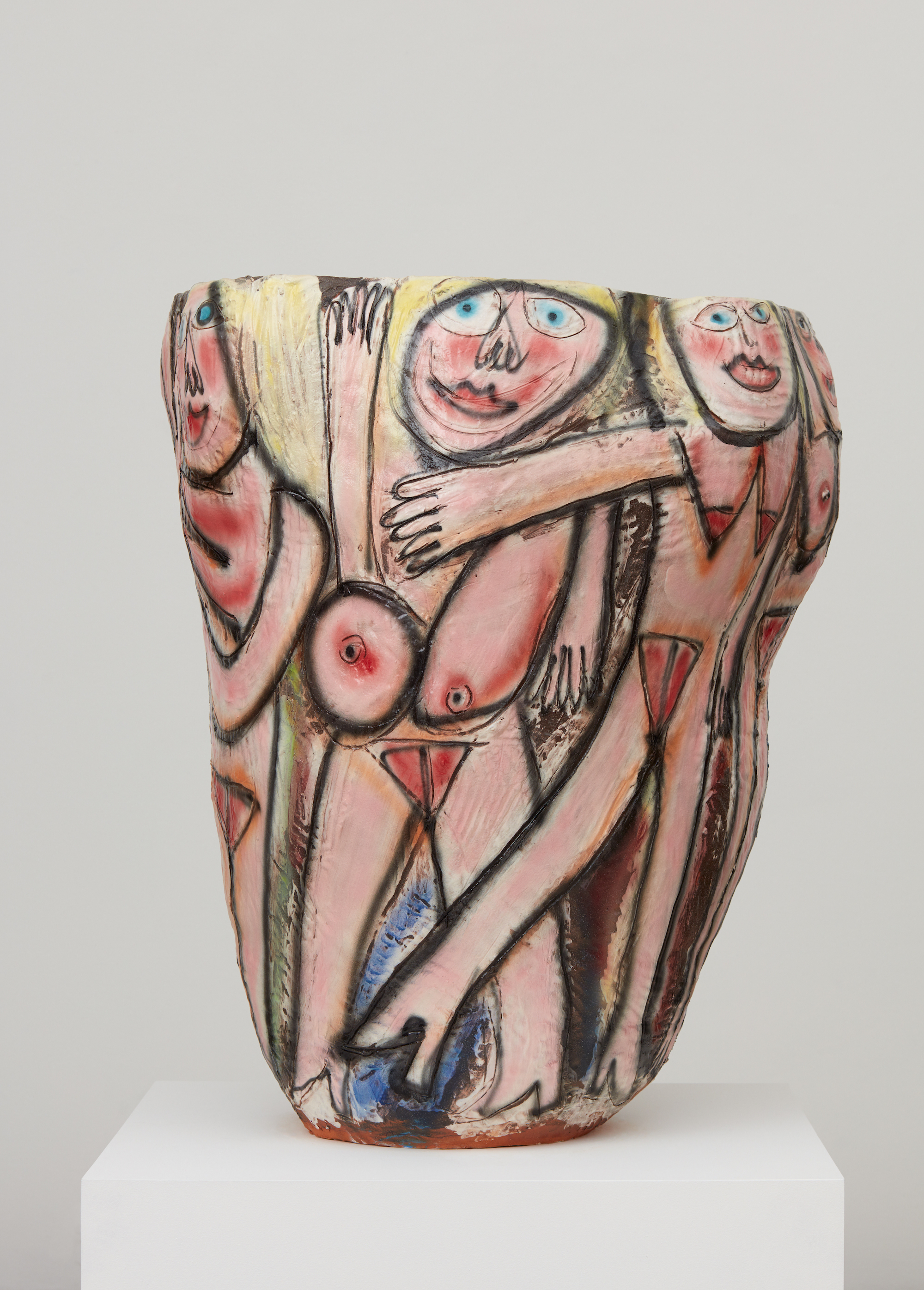
The large-scale ceramics of Ruby Neri directly reference her own upbringing and locality; but while she too came of age in California, the story couldn’t be more different from Sarabia’s. Growing up in the Bay Area of San Francisco, she has long been immersed in the region’s historic Funk movement. With its casual irreverence and deliberate naivety, the movement brought together artists like Robert Arneson, Richard Shaw and Manuel Neri. If that last name looks familiar, it’s because Neri’s own Dad was a key part of the movement. It has had a lasting influence on her ceramic sculptures which show dolled-up, high-heeled women in the nude.
“Ceramics inevitably conjure an element of tweeness, making them particularly satisfying to subvert”
These women’s cheeks are often rouged, their mascara layered until it’s thick and heavy, their lips a perfect pink pout. Even their skin is bright pink, ham-like and candied. Nipples protrude, a deep, dark blush. Some bend over or stand back-to-back, while others are sometimes squeezed in together on a single pot. With Neri as their puppet master, they perform like a couple of fairground attractions. They are exaggeratedly kitsch in style, ramping up female sexuality to the manicured maximum. It is notable that all the artists in the Funk movement were men, offering up a distinctly male world view and humour. Neri offers a riposte to this, taking back some of their techniques (insider that she is) and reinventing these subversive ceramics for her own purpose and pleasure.
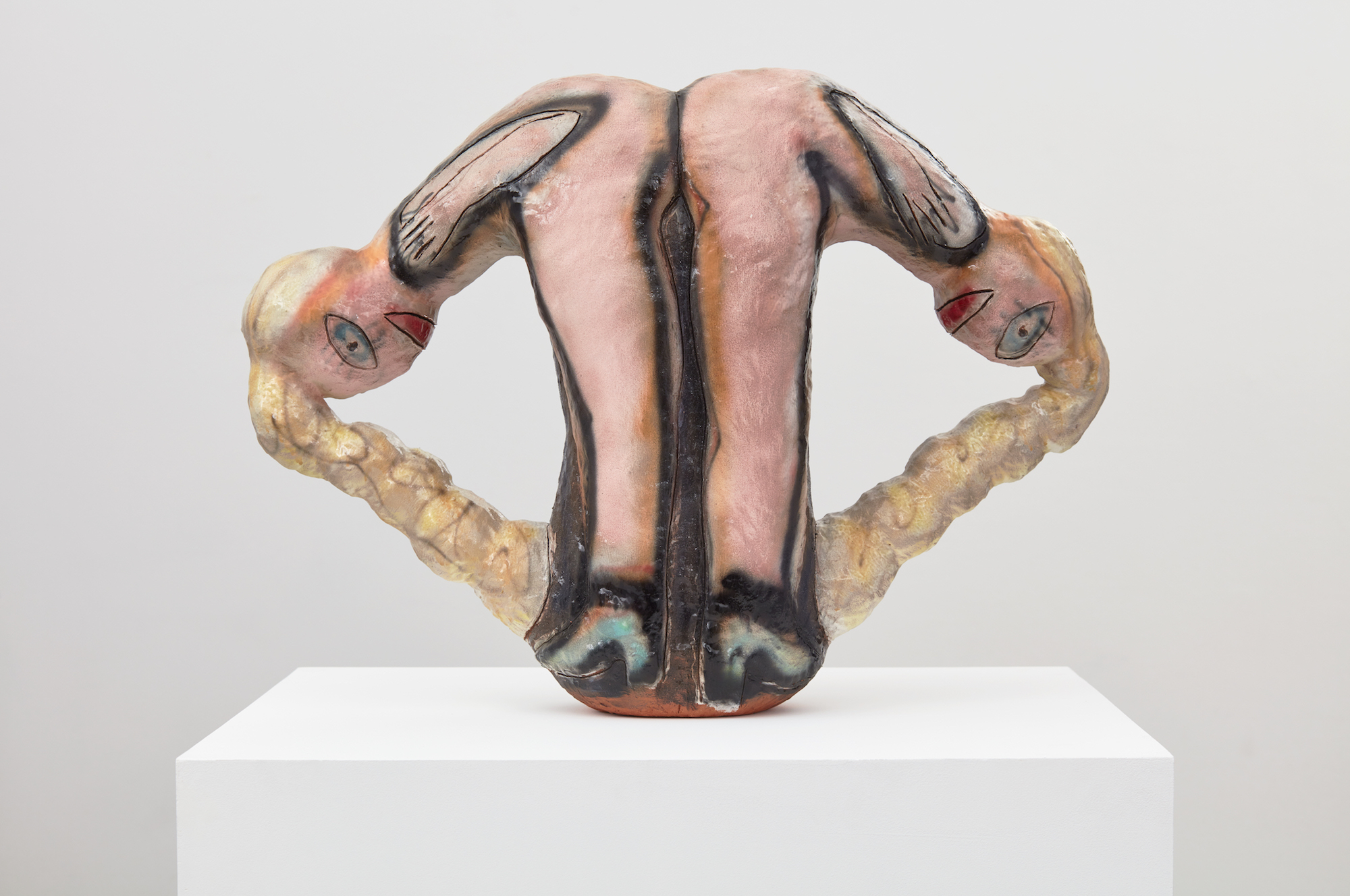
Of course, it is the prim and proper associations of ceramics that ultimately make them all the more fun—and all the more effective—as carriers of explicit and pornographic material. Like a dirty novel hidden inside a more suitable cover, they undermine expectations and force you to reconsider your own preconceptions. No longer just the pursuit of ladies at leisure, pottery has been fully embraced by artists as a weapon against the prejudices still held by many. After all, it is often the illicit and the forbidden that is most alluring, and the power of inappropriate ceramics is in their ability to seduce as well as shock.
